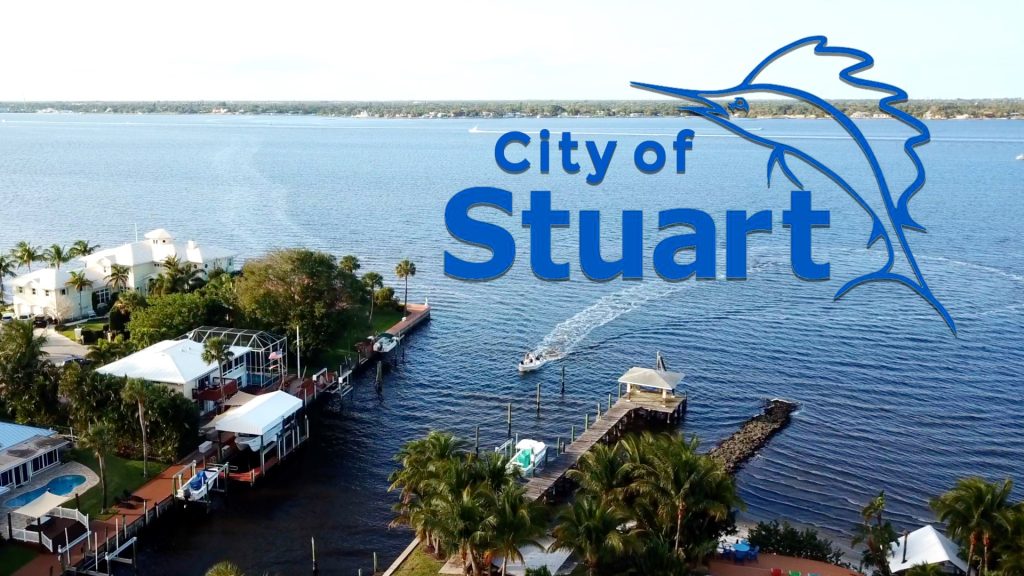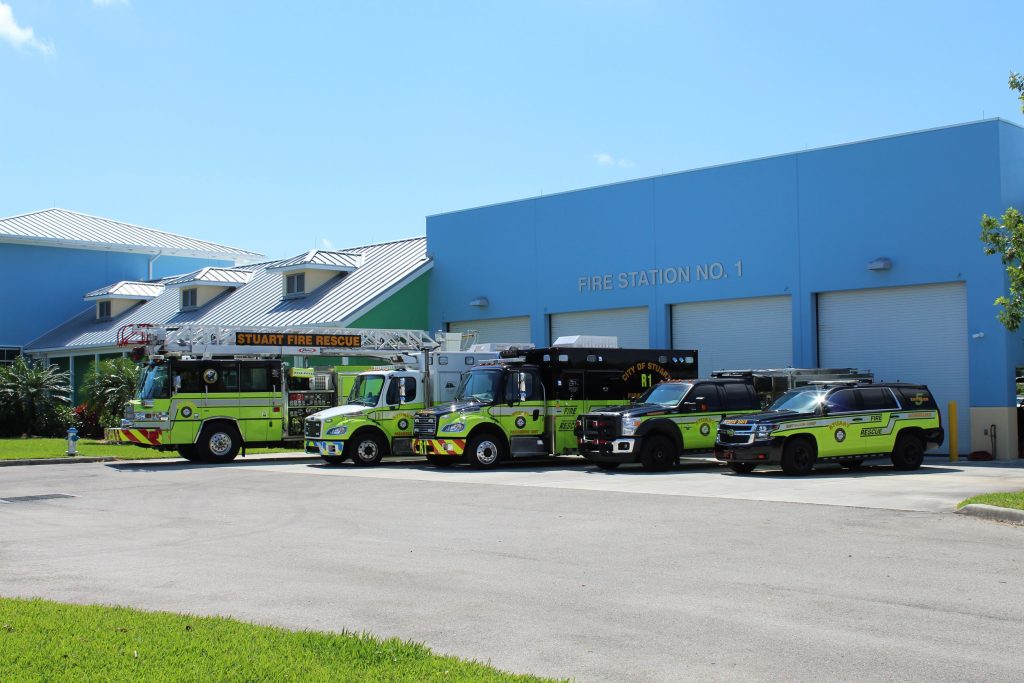Next week, the pivotal first bellwether test trial is set to begin in the massive class action MDL over the personal and environmental harm caused by PFAS “forever chemicals” in AFFF firefighting foam. The firefighting foam MDL now has over 4,000 plaintiffs with pending cases. Now, after years of consolidated discovery and buildup, the test case is finally ready to be presented to a jury in a federal courtroom in South Carolina.
The case selected for this initial bellwether trial is the City of Stuart v. 3M Co. et al. (2:18-cv-03487). The outcome of the trial in the City of Stuart case will have a massive impact on the future course of the litigation. It will be the first time a jury will decide the scientific evidentiary battle that has been waged between the plaintiffs and defendants such as DuPont and 3M.
If the jury resolves this debate in favor of the plaintiff and awards a significant verdict, it could prompt a multi-billion-dollar settlement involving dozens of major companies. It could also set the stage for future cases involving similar tort claims by local municipalities based on environmental contamination.
This post will explain the factual details at issue in the City of Stuart case and why it impacts firefighting foam lawsuits and their expected settlement payouts even though it is a very different type of claim.
About the City of Stuart, Florida
The City of Stuart is a medium-sized beach town on the southeastern coast of Florida. Stuart has a year-round population of just under 20,000, but seasonal residents and beach visitors can double this at certain times of the year.
Stuart is the largest incorporated town in Martin County. Stuart is right off I-95, about 20 miles north of West Palm Beach. The City of Stuart has a total area of about 9 square miles, but only 6 are land area, with the rest being water.
The city is known for its commitment to maintaining its natural beauty, with many parks and nature preserves in the area. It’s home to the Florida Oceanographic Coastal Center, a leader in environmental research and education.
Stuart take clean water seriously.The area is known for its fine beaches, and it’s a popular destination for fishing and boating. The St. Lucie River and the Indian River Lagoon flow through the city, providing beautiful waterways for recreation.
City of Stuart’s Water Supply System
Stuart owns and operates a public drinking water system and supplies it to thousands of residents and businesses that depend on the City of Stuart for their water needs. Stuart obtains its drinking water supply from the Surficial Aquifer, which underlies the City of Stuart.
To access the Surficial Aquifer, the City of Stuart relies on 30 interconnected groundwater wells, which transmit raw water to a central Water Treatment Facility. The water is aerated, lime softened, settled, filtered, disinfected, and pumped into approximately 4,000 residential and 500 commercial connections through water distribution mains and service lines.
Although Stuart’s Water Treatment Facility contains various technologies to ensure high-quality water, it does not contain the specialized filtration technology required to remove PFAS (so-called “forever chemicals”)from a water supply.
Stuart Files Lawsuit for Contamination of its Water Supply
City of Stuart v. 3M is a lawsuit filed by the incorporated city of Stuart, Florida, against 3M and other companies that manufacture and sell aqueous film-forming foam. The city alleges that the foam contained perfluoroalkyl and poly-fluoroalkyl substances (PFAS), which these defendants knew had been linked to many health problems, including cancer, reproductive problems, and immune system suppression.
In October 2018, the City of Stuart filed a lawsuit in the U.S. District Court for the Southern District of Florida against a group of companies, including 3M Co., DuPont, Tyco Fire Products, and Chemgard. The basis for the lawsuit was the alleged contamination of Stuart’s water supply.
In 2016, the Florida Department of Environmental Protection informed the City of Stuart Public Works Department that its water supply was dangerously contaminated. Specifically, Stuart’s water contained PFAS chemicals above the accepted maximum safe levels for potable water.
Further testing and investigation indicated that a potential source of the PFAS contamination may have been the City of Stuart Fire Rescue station. Testing of individual supply wells in the vicinity of the Fire Station showed exceptionally high PFAS levels compared to other wells. The City of Stuart eventually concluded that the PFAS contamination in its water supply was caused by the regular use of AFFF firefighting foam during training exercises at the Fire Station.
AFFF (firefighting foam) has been used for decades to put out petroleum-based fires. AFFF contains very high levels of PFAS, known as forever chemicals because they tend to last forever when they enter the environment. The Stuart Fire Rescue used large quantities of AFFF firefighting foam during training exercises for decades on an open lot behind the fire station.
Scientific analysis and studies eventually confirmed that using AFFF during these training exercises caused PFAS to infiltrate the groundwater aquifer that the Stuart water supply uses.
Claims Against the Defendants
The defendants named in the City of Stuart lawsuit were all companies who manufactured and sold AFFF firefighting foam products. These are the AFFF products purchased and used by the Stuart Fire Rescue.
The Complaint filed by Stuart asserts that the defendants are liable for the contamination of the Stuart water supply based on various negligence theories:
Defendants were aware of the health risks associated with using, disposing, and bioaccumulating AFFF components. Still, they did not warn the users of the AFFF, including the City of Stuart and Stuart Fire Rescue.
Defendants were aware of the health risks of introducing AFFF into the environment but did not warn the users of the AFFF, including the City of Stuart and Stuart Fire Rescue.
Stuart’s lawsuit seeks compensation for the substantial cost of replacing their existing water system with a new system that will be able to eliminate the PFAS and deliver clean water.
- First AFFF lawsuit heading to trial
- Will there be an AFFF settlement in 2023?
The Causation Battle
At the heart and center of the City of Stuart, the case is a heated battle between scientific experts over the issue of causation. Nobody is disputing whether PFAS are harmful or whether the Stuart water supply is contaminated. Instead, the defendants claim that no reliable scientific proof conclusively shows that their AFFF products were the source of Stuart’s water contamination.
The fate of the Stuart case will hinge entirely on this causation issue. The defendants have made a significant effort to get Stuart’s expert causation evidence ruled inadmissible under Daubert standards. However, the trial judge rejected those motions and ruled that Stuart’s causation evidence is reliable enough to be presented to a jury.
Earlier this month, the trial judge also denied motions for summary judgment filed by the defendants. Although summary judgment was granted on a few limited claims, the ruling kept the bulk of the City of Stuart’s negligence claims against the AFFF manufacturers intact.
The trial’s outcome will now hinge on the outcome of what should be an epic battle of the experts. Each side will present the jury with a litany of opinions from various scientific experts regarding the contamination of the Stuart water supply. The defendants filed their list of expert witness testimony last week, and the (Def. Expert List) and the City of Stuart filed their own list shortly after that (Pl. Expert List).
The central question that all this expert opinion testimony will seek to address is whether Stuart can show that AFFF products made by the defendants can be specifically linked to the PFAS contamination. The defense experts will argue that there is no way to definitively prove that Stuart’s water contamination came from AFFF used at the Stuart Fire Rescue station. Stuart’s experts will take the opposite position.
Why Is a Municipality in the AFFF Class Action?
The grouping of plaintiffs in this litigation is a bit goofy because it includes individual firefighters and others with exposure to AFFF foam, with municipalities claiming the foam leaked into their water supply. But the Stuart case is the first AFFF lawsuit to go to trial, and it will have a bellwether impact on all claims, including the firefighter lawsuit that our lawyers are focused on. The purpose of a bellwether trial is to represent the larger group of similar cases. The outcomes, while not legally binding on other cases, may influence the legal strategies, settlement discussions, and decisions about whether to proceed with other similar cases. It serves as a ‘litmus test’ for a larger group of cases.
In the case of AFFF, for example, the outcomes of bellwether trials could guide the strategy for hundreds or even thousands of other cases related to AFFF. These trials could provide valuable information about how juries react to evidence and arguments, which can then be used to inform decisions about settling or litigating other cases. It’s a way to understand how future litigation might unfold, without the need to go through the time and expense, not to mention the impossibility, of fully litigating every AFFF lawsuit. The hope is this trial will lead the defendants to offer fair settlement amounts to firefighters.
 Lawsuit Information Center
Lawsuit Information Center



